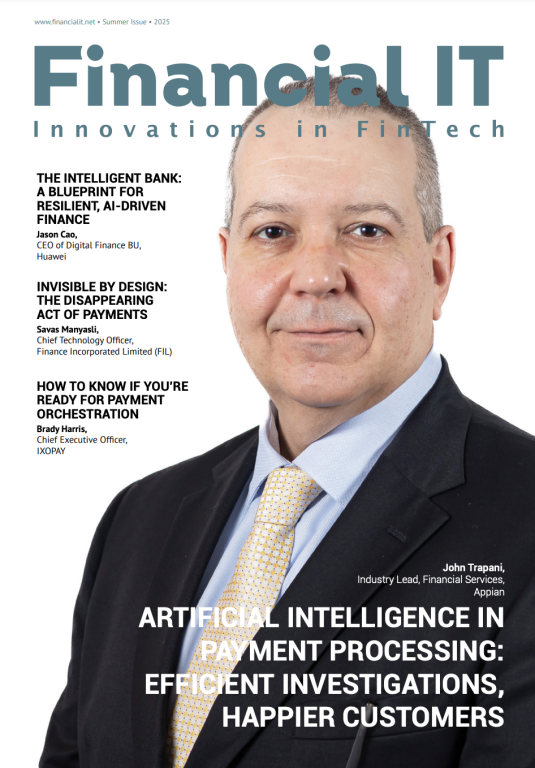Published
- 08:00 am
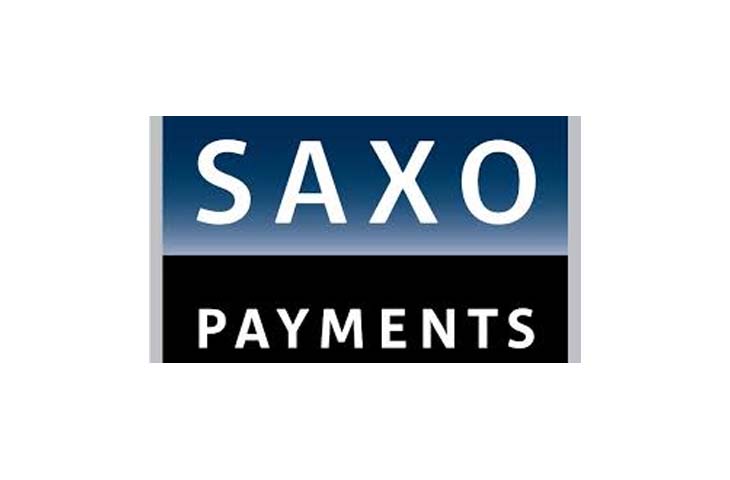
Saxo Payments Banking Circle, the global scale financial utility, has today launched a new white paper at the SWIFT Business Forum in London.
‘Re-drawing the Map: The changing landscape of cross border banking and payments’, features in-depth interviews with heads of correspondent banking, cash management and transaction banking, at large and mid-tier institutions. Researched and written by MagnaCarta, the insights reveal that the rising digital tide is already incentivising many banks to move towards digitisation, with banks of all sizes in pole position to seize the opportunity of the industry overhaul.
In particular, according to the research, banks are embracing the concept of open competition and accepting the need to work with external partners across the ecosystem to provide corporate customers with the best service. Partnerships, with Financial Utilities such as Banking Circle, are also identified as being prerequisite for survival in the digital economy.
“The banks interviewed for our new white paper are taking the FinTech competition seriously - gearing up to take on their biggest challenge in generations”, said
Anders la Cour, Co-founder and Chief Executive Officer of Saxo Payments Banking Circle.
“As the international banking and payments map is redrawn, the winners will be those institutions – large and small – that can fully embrace a digital mindset. However, banks will only benefit from the digital evolution if they are committed to providing an excellent service for their customers, coupled with the openness to internal disruption and the boldness to knock down legacy walls, in order to effectively meet changing market needs.”
White paper attached FOR MEDIA USE ONLY
The full report can be downloaded at https://www.bankingcircle.com/whitepapers/re-drawing-map
Related News
- 08:00 am
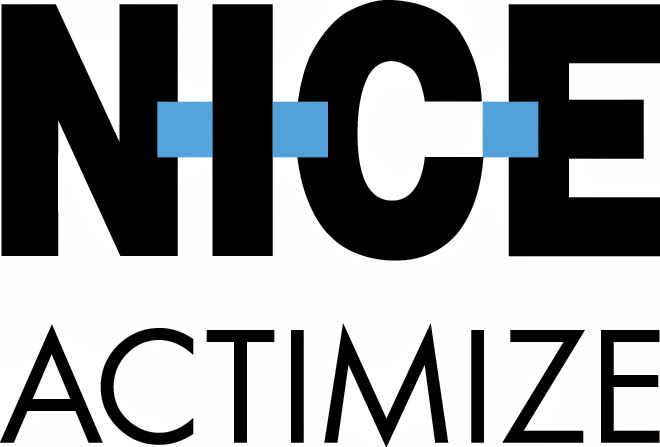
Facing the complexities of global regulations, Crèdit Andorrà Financial Group has selected NICE Actimize, a NICE (Nasdaq:NICE) business and the leader in Autonomous Financial Crime Management, to strengthen its anti-money laundering solutions strategy. Crèdit Andorrà Financial Group, the benchmark bank in Andorra, will integrate a suite of NICE Actimize anti-money laundering solutions into its financial crime operations in order to more effectively address the world’s anti-money laundering regulations. Crèdit Andorrà’s holdings include financial institutions in Luxembourg, Panama and Spain, as well as a United States-based broker-dealer.
Christophe Canler, Chief Risk & Compliance Officer, Crèdit AndorràAmong NICE Actimize’s competitive AML offerings, Crèdit Andorrà chose its Suspicious Activity Monitoring, Customer Due Diligence and Watchlist Filtering solutions because of NICE Actimize’s deep industry experience, strong vision, and continued investment and commitment to AML technologies, including intelligent automation and machine learning capabilities. NICE Actimize’s functionality for CDD supports the complete lifecycle assessment and re-assessment of customer risk as part of Know Your Customer (KYC) regulatory requirements including complex beneficial ownership structures.
“Maintaining our reputation as a benchmark bank is important to Crèdit Andorrà, and with the recent pressure to comply with EU and US regulations and other global requirements around money laundering, we knew we had to work with an industry leader to address the demands of our institutions located in a range of countries. Andorra attracts investors from around the world, making it all the more critical to have a sophisticated framework that evaluates customer onboarding and monitors transactions effectively. We identified NICE Actimize as the provider with the most effective solutions across all key areas of anti-money laundering, offering us a solid roadmap that will help our institutions grow and adapt with future market fluctuations.”
Joe Friscia, President, NICE Actimize “NICE Actimize is pleased to bring the strength of our anti-money laundering portfolio and our robust product roadmap to the network of financial services organizations under Credit Andorra’s management,” said Joe Friscia, President, NICE Actimize. “As regulators tighten rules around customer onboarding and criminal entities work harder, NICE Actimize is committed to advancing its anti-money laundering solutions. Leveraging our experience in advanced analytics and transaction monitoring solutions, our objective is to leverage intelligence and automation to reduce human effort and error, meeting regulators’ requirements to detect and report sophisticated crime schemes.”
By addressing such complexities as changing criminal abuses of the financial system, regulatory requirements, high personnel costs, and dramatic shifts in technology, NICE Actimize’s recently-announced Autonomous Financial Crime Management approach represents a shift in unifying and mitigating risk through targeted utilization of big data, advanced analytics everywhere, artificial intelligence and robotic process automation which in concert reduce reputational risk and handle these issues more effectively.
For further information on NICE Actimize’s integrated anti-money laundering solutions, please click here.
Related News
- 04:00 am
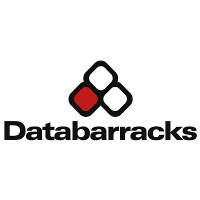
Organisations should not dismiss social media as simply a tool for marketing. During a crisis, it can often act as the most effective means of communicating with customers, staff and suppliers. This is according to Peter Groucutt, managing director of business continuity and disaster recovery provider, Databarracks.
Last week the pub chain, JD Wetherspoon quit social media, citing concerns regarding the "misuse of personal data" and "the addictive nature of social media". This follows a growing a techlash against social media, driven by scandals such as Facebook-Cambridge Analytica. According to Groucutt, while these frustrations are understandable, it’s important that organisations don’t underestimate the importance of social media and the role it plays in customer communication and crisis management:
“Managing social media for well-known organisations like JD Wetherspoon is difficult. It is a big UK brand, serves large numbers of customers every day and has a high-profile founder known for being very vocal on political issues. As a result, those accounts do become a hub for complaints and a target for opposing political views.
“Many commentators have looked at metrics like follower-counts and retweets, and judged that the business won’t lose much by closing its accounts. That however doesn’t consider the value that these accounts have when an organisation needs to communicate quickly to a large audience. For a lot of people, the first place they will look for updates on a developing incident is social media. Without a corporate account, you are losing your opportunity to comment and provide official updates.”
Groucutt continued: “Organisations today are much more exposed to bad publicity because of social media – an incident can make headlines across the globe in minutes, potentially heaping huge reputational damage onto a business. How an organisation then responds is of critical importance, and social media is the mechanism for the fastest response.
“Crisis Management was the theme of our most recent season of The Business Continuity Podcast and we heard several stories from business continuity practitioners about what can go wrong when handled poorly.
“The best examples of crisis management comms on social media show that proactive engagement can generate goodwill and garner more patience from the public to rectify a situation. There are some simple steps an organisation can take to prepare for social media communications during an incident.
“Make sure that your social media and crisis management teams are connected and know what circumstances require escalation. Speed is of the essence. In the past an organisation might have a window of several hours to prepare a statement and release it to the press. The window to communicate to the public on social media is far shorter. Agree approval-requirements for different situations. What situation can be managed as part of the business-as-usual activity of the social media team and what should be escalated to crisis management?
“Businesses that don’t deal with customer service issues on social accounts every day may not have a social media team prepared to deal with a serious incident involving injury or even loss of life. When an incident does require escalation, the crisis management Team should then be in control of approving any messages. The social teams will lead on distribution and managing the response.
“If it is possible to anticipate potential incidents, prepare and agree draft responses in advance. Dealing with an incident is difficult and stressful so anything that can be done to increase speed and minimise errors is incredibly valuable.”
Groucutt concludes: “Recently, the National Cyber Security Centre (NCSC) published a report discussing how nefarious cyber activity over the past 12 months has impacted UK businesses. It referenced the importance of organisations having effective media relations in place, that can react to an incident, reinforcing the value that social media has in supporting crisis planning. The move taken by JD Wetherspoon to remove itself from social media is bold, but other organisations considering a similar approach shouldn’t underestimate the value of social media in the wider context of emergency communications.”
Related News
- 02:00 am
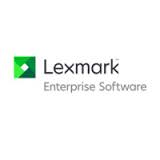
Lexmark International, Inc., a global imaging solutions leader, today announced the release of a new generation of mid-range monochrome products for enterprise customers. These intelligent devices are equipped with the latest capabilities, allowing users to focus on growing their business. The new single-function and MFP series bring an unparalleled combination of reliability, productivity and security to desktop-sized devices built for large, medium and small workgroups within the enterprise.
“This new generation of Lexmark mid-range monochrome products brings the power of a departmental printer or MFP multi-function products to the desktop,” said Allen Waugerman, Lexmark senior vice president and chief technology officer, Lexmark. “The devices include powerful, industry-leading multi-core processors that enable speedy, convenient performance, plus the reliability and security features that customers across the globe expect from Lexmark. In addition, new productivity enhancements help organisations get more done.”
These high-performance, high-capacity devices deliver on all aspects of Lexmark’s product expertise:
- Reliability: With sturdy frames and long-lasting components, MS and MX 320, 420, 520, and 620 Series devices offer reliability, durability and duty cycles that minimize waste, enhance longevity and cut down the need for service and support.
- Productivity: Combining performance, simplicity and connectivity, these new devices enable large, medium and small work groups to get more done.
- Security: Devices respond to multi-faceted security threats holistically, providing systematic security for the device, the fleet and across the network infrastructure, creating a safer and more productive environment.
- Quality: The series’ new media handling capability supports a wider range of media types with better skew performance for more accurate print jobs.
- Mobility: These new devices enable you to complete tasks via approved mobile devices with the free Lexmark Mobile Print app. Output is also available via AirPrint, Google Cloud Print, Mopria, or Windows Mobile on networks with wireless access is also available.
Related News

Ed Molyneux
CEO & Co-founder at FreeAgent
Making Tax Digital is going to be one of the biggest changes made to the UK tax system in history. Due to the ambitious scale of the policy, it can’t be rushed. see more
- 07:00 am

TIBCO Software Inc., a global leader in integration, API management, and analytics, today announced commercial support and services for Apache Kafka®, as part of TIBCO® Messaging. Backed by TIBCO’s industry-leading messaging expertise and innovation, businesses using Apache Kafka can take advantage of enterprise-class, 24x7, follow-the-sun support for their messaging infrastructure. TIBCO also announced the availability of MQTT broker capabilities within TIBCO Messaging, via the open-source Eclipse Mosquitto project. MQTT is a popular messaging protocol widely used in IoT scenarios.
In addition to providing enterprise support for these open-source projects, TIBCO is also releasing TIBCO Messaging - Apache Kafka Distribution, providing integration between other TIBCO Messaging components and Apache Kafka. TIBCO Messaging customers can now bridge Apache Kafka applications to their existing investments in TIBCO FTL, TIBCO eFTL, and TIBCO Enterprise Message Service technologies. This bridge adds web and mobile messaging, integration, and other mainstream platform capabilities to Apache Kafka. Architects and developers can now use Apache Kafka and MQTT as part of a broader messaging solution that includes enterprise capabilities and first-class support.
“Our announcement of support for Apache Kafka and Eclipse Mosquitto as first-class citizens is an important next step in the continued evolution of TIBCO Messaging and our efforts in open source, including Jaspersoft, Project Flogo, and Project Mashling,” said Matt Quinn, chief operating officer, TIBCO. “By adopting popular open-source projects, we are supporting the evolving needs of our customers, while also sharing our messaging experience with the broader OSS community.”
“With the addition of Apache Kafka and an MQTT broker to the TIBCO Messaging platform, architects and developers can now select a single offering that provides the broadest spectrum of capabilities, ranging from high-volume batch processing, to ultra-low-latency distribution, to streaming and IoT messaging,” said Denny Page, chief engineer and senior vice president, TIBCO. “Furthermore, this offering now includes enterprise-class support for mission-critical applications, enabling customers to reliably leverage Apache Kafka, Eclipse Mosquitto, and other TIBCO Messaging components with the assurance of worldwide, 24x7 support.”
TIBCO Messaging, including Apache Kafka and Eclipse Mosquitto, enables developers to support a wide variety of use cases, such as:
● Applications that leverage data from the billions of device endpoints, including data streams from low power IoT devices and gateways;
● Compelling experiences with anytime, anywhere messaging across multiple channels, including web, mobile, and IoT devices;
● Event-driven architectures with loosely coupled microservices that rely on an ultra low-latency messaging infrastructure; and
● Real-time data integration across the widest variety of data sources.
TIBCO Messaging is available for free as a community edition, allowing for production use up to 100 instances. Commercial subscription starts at $750 per instance per year, which includes enterprise support and use of all TIBCO Messaging technologies. Support for Apache Kafka, Eclipse Mosquitto, and TIBCO Messaging - Apache Kafka Distribution is expected to be generally available in May 2018.
This announcement further reinforces TIBCO’s commitment to adopting open-source software, not just in terms of launching open-source projects, such as Project Flogo®, but also providing enterprise support for existing projects, helping businesses to adopt open-source technology with ease, and strengthening the community around these projects.
To learn more about TIBCO Messaging and TIBCO’s support for Apache Kafka and Eclipse Mosquitto, register for our May 10, 2018 webinar: www.tibco.com/events/whats-new-messaging
You can read our blog post on this announcement at www.tibco.com/blog/2018/04/23/tibco-announces-support-for-apache-kafka-and-mqtt-via-eclipse-mosquito or learn more about TIBCO Messaging by visiting www.tibco.com/products/tibco-messaging.
Related News

Sophia Brooke
Project Manager at SoftwareMill
The number of smartphones users worldwide is expected to grow from 1.8 billion in 2015 to an estimated 2.87 billion users in 2020 according to Statista. see more
- 07:00 am
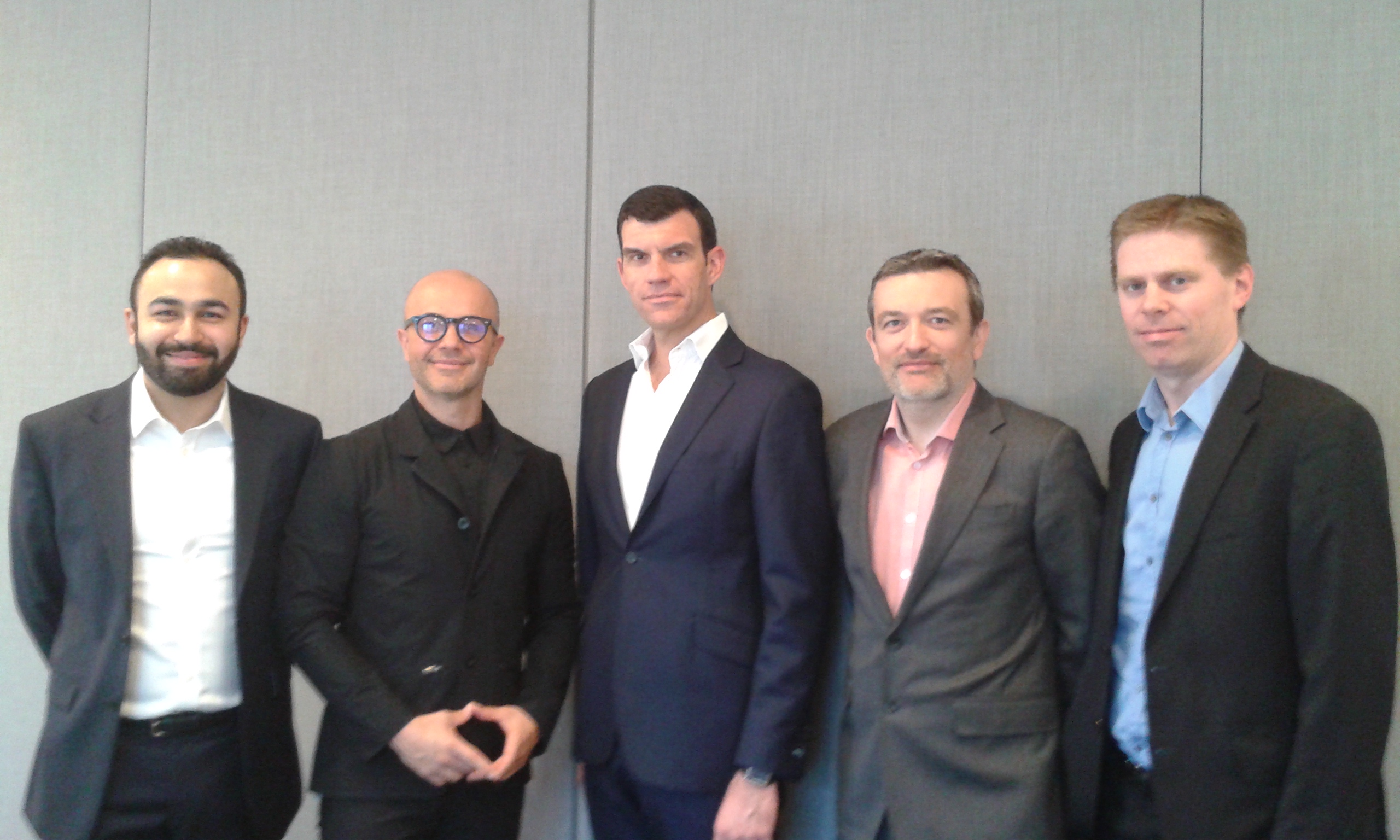
STOXX Ltd., the operator of Deutsche Börse Group’s index business and a global provider of innovative and tradable index concepts, announced today the launch of the new iSTOXX RiskFirst LDI index family as of 23 April 2018. This new offering has been jointly developed with RiskFirst, the UK’s leading provider of risk analytics and reporting solutions to the defined benefit pensions market. STOXX will calculate a range of indices based on 12 profiles, capturing member type, duration, type of indexation (pre- and post-retirement), interest rate and inflation sensitivity and tax-free cash component of typical UK pension schemes. The indices combine STOXX’s real-time fixed-income index calculation capabilities with a unique set of data provided by RiskFirst.
Matthew Seymour, CEO of RiskFirst, commented: “The set of indices we have developed in partnership with STOXX are a major leap forward, providing improved governance and increased accuracy in a cost-efficient solution. PFaroe is rapidly becoming an industry standard for the modelling of pension plans and therefore offers us unique insight into the behaviour of pension plan cash flow profiles at a very granular level. When combined with STOXX’s extensive experience in designing innovative and objective investment benchmarks, the result is a set of indices that deliver great value to UK pension plans.”
“With our new LDI index offering we are addressing the challenges of a £1 trillion market by providing independent benchmarks for liability-driven investments. Our LDI indices will support pension scheme trustees and consultants in their efforts to select, monitor and challenge LDI managers. This is further proof of our innovative approach to tackle market inefficiencies with transparent investment tools,” said Matteo Andreetto, CEO of STOXX.
The iSTOXX RiskFirst LDI indices track the performance of corporate and government bonds denominated in GBP. They function as flexible, investable building blocks for LDI portfolios. Four different sets of indices are provided: nominal bond indices, inflation-linked bond indices, blended indices and non-gilt indices. The indices are constructed using a proprietary cash flow matching model that incorporates best-in-class LDI techniques. Certain key features of LDI portfolio construction, such as rebalancing between real and nominal exposure, are embedded in the index family. The indices are rebalanced quarterly.
Related News
- 09:00 am
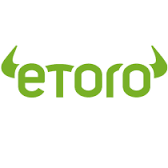
eToro, the global trading and investment platform with over nine million users, has today added EOS onto its platform, bringing the total number of cryptocurrency assets available on the site to ten.
EOS is the token linked to one of the most powerful infrastructures for decentralized applications. EOS is a blockchain-based, decentralized system that enables the development, hosting, and execution of commercial-scale decentralized applications (dApps) on its platform.
The addition of EOS follows NEO and Stellar earlier this year and comes as investors increasingly turn their attention to altcoins, as they seek new investment opportunities and diversification for their portfolios. It will now be available on the eToro platform alongside Bitcoin, Ethereum, Bitcoin Cash, XRP, Litecoin, Ethereum Classic, Dash, Stellar and NEO.
Cryptocurrency investors on eToro own the real underlying asset, with eToro acting as custodian. eToro users benefit from eToro’s verification procedures, security processes and established reputation within the crypto community.
EOS will soon also be added to eToro’s Crypto CopyFund, which uses CFDs to enable investors to diversify across all available cryptocurrencies (weighted by market cap) with just one click.
Yoni Assia, Co-founder and CEO at eToro, recently commented: “Already in 2018 we’ve seen attention shift away from mainstream cryptocurrencies and their market share is increasing all the time. In our view, this trend is only set to continue.
“We are constantly seeking to identify and assess new concepts as they emerge and we are committed to bringing the best crypto assets onto our platform for our users to invest in. We’re excited to have brought EOS onto the platform already this year and we look forward to seeing how the market develops in 2018 following a very successful 2017 for the crypto community.”
Related News
- 03:00 am
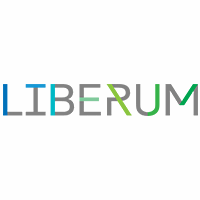
The boutique investment bank Liberum Capital, is using TeleWare’s industry leading mobile communications recording technology to ensure teams across the bank are compliant with the record keeping requirements of the recently introduced MiFID II legislation as well as the forthcoming GDPR regulation.
The revamped version of the Markets in Financial Instruments Directive, or MiFID II, is designed to offer greater protection for investors and inject more transparency into all asset classes: from equities to fixed income, exchange traded funds and foreign exchange.
The directive demands that all communications are recorded and stored for at least five years. Records need to me made available which are suitable to reconstruct all relevant communications for the regulator within 72 hours.
Liberum had multiple requirements across the business in order to comply with the communications monitoring elements of the directive. Some employees needed end-to-end compliance capabilities. Some only needed communications monitoring for specific interactions. Others needed international compliance capabilities, both when making international calls and when travelling overseas. In addition, employees were all on multiple mobile networks.
Employees are now benefiting from TeleWare’s:
- Compliant SIM Based Mobile Recording
TeleWare’s mobile call and SMS recording SIM is fitted within the phone, compliantly capturing all communications with multiple storage and retrieval options.
- Re:Call App Recording
This newly launched app allows Liberum employees to separate their personal and professional calls from their own device, recording business related communications when needed. Re:Call runs on any UK carrier SIM and can support the requirements of GDPR in respect of separating personal and business communications.
David Boulton, Infrastructure Manager at Liberum comments: “MiFID II has required huge investment, in terms of people, processes and technology. We needed to find an effective communications monitoring solution which our employees could turn on and off as required and also support the global nature of a lot of the work we do. TeleWare’s products have ticked all the boxes. Easy to use, flexible to our needs and cost-effective across international territories.”
Steve Haworth, CEO at TeleWare, explains: “Liberum came to our partner, Business Systems, with a number of different requirements. Business Systems immediately identified TeleWare’s mobile voice recording suite as the solution. We are the only developers in the market to offer both an in-phone SIM and app solution.”
“Liberum can now enjoy optimum flexibility, in that it can turn both monitoring and roaming on and off as it needs. In addition, with TeleWare’s roaming passport Liberum has an element of predictability over its international costs. An easy, cost-effective way for the business to comply with the communications monitoring element of MiFID II.”

